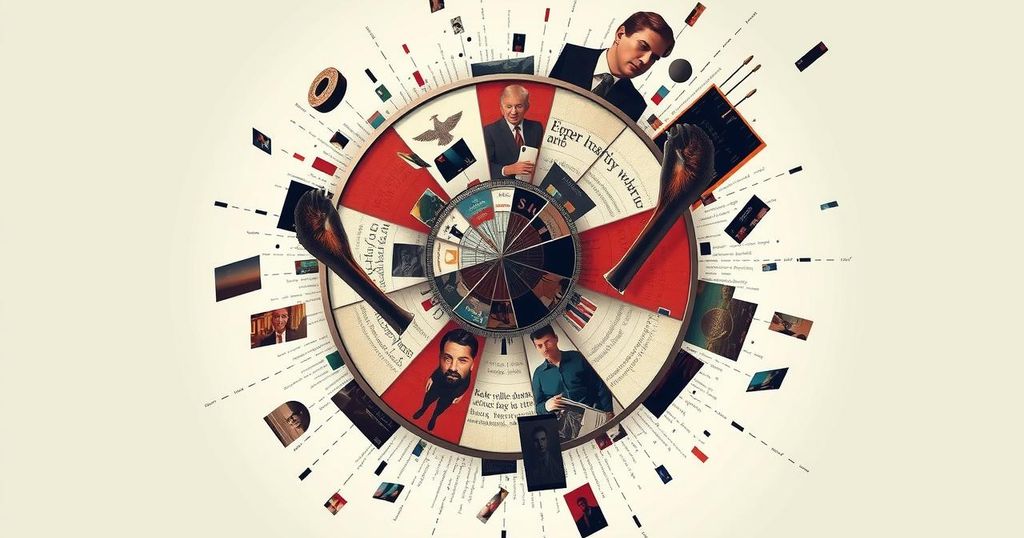The $21 Million Lie: Understanding the Dynamics of Misinformation
A recent misinformation campaign centered around a fabricated claim about a $21 million USAID grant intended to influence Indian elections. The narrative spread quickly, driven by proclamations from former President Trump and Indian politicians without verification. Investigations clarified that the funding was mistakenly attributed to India, revealing it was designated for a project in Bangladesh instead. Despite this, the original claims remained influential, demonstrating the difficulty of correcting misinformation in the public arena.
An elaborate misinformation campaign recently showcased how a fabricated claim regarding a $21 million grant intended to influence Indian elections rapidly spread worldwide. This disinformation originated from assertions made by former President Donald Trump, which were amplified by Indian politicians and certain media outlets, despite the lack of any verification regarding the funding. BJP leaders, including Nishikant Dubey and Rajeev Chandrasekhar, seized upon the false narrative, attributing the supposed American influence to opposition parties without any substantial evidence.
Subsequent investigations revealed that the alleged grant had actually never been intended for India but instead had been allocated for a project related to election awareness in neighboring Bangladesh. The mix-up was not only misleading but also contradicted by official reports that detailed ongoing collaborations between USAID and the Indian government, which had been overlooked by the media. Despite the clarification from Indian Express, which debunked the initial claims, those who propagated the misinformation failed to retract their statements, opting instead to attack the publication for its fact-checking.
In an attempt to sustain their narrative, BJP officials suggested that the grant was planned but cancelled before distribution, a notion quickly dismissed due to lack of supporting facts. Other claims referenced past unrelated grants or attempted to validate the narrative based on Trump’s inconsistent statements. Over several days, Trump altered his accusations but ultimately failed to substantiate any part concerning the alleged funding’s influence on Indian elections.
While the truth emerged, it is essential to recognize the challenge of correcting misinformation. The rapid spread of the initial falsehood overshadowed subsequent clarifications, with many individuals only recalling the sensational aspects of the story. Consequently, this incident exemplified how fabricated news can detract from pressing issues, such as significant national tragedies, demonstrating the enduring power of misinformation in contemporary discourse.
The incident involving the $21 million lie serves as a cautionary example of how quickly misinformation can spread and persist despite verifiable evidence to the contrary. Even after the truth was revealed, efforts to correct the narrative were met with resistance, highlighting the broader issue of media and political accountability. Furthermore, it underscores the need for critical engagement with news sources to prevent the proliferation of falsehoods in public discourse.
Original Source: www.nationalheraldindia.com




Post Comment